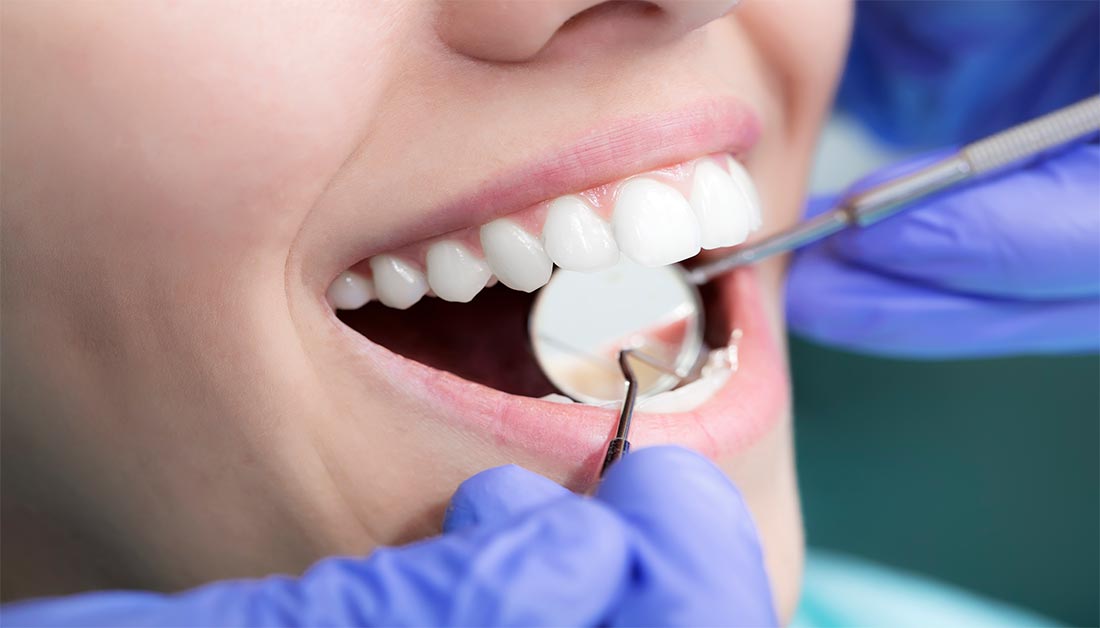Getting a Tooth Extracted?
Getting a Tooth Extracted?
If you’re wondering what to expect after tooth extraction, you’ve landed in the right place. It might not be at the top of your list, but sometimes the best solution to a dental problem involves removing your tooth. And many young people find themselves facing the removal of wisdom teeth. We have a lot of interesting dental blogs at DentalChat. More dental information about wisdom teeth and wisdom tooth blogging online teeth with us at DentalChat. Regardless of the situation, knowing what to expect helps reduce your anxiety about what’s normal and when to be concerned.

Had a Tooth Extracted? You Just Had Minor Dental Surgery:
Removing a tooth involves creating a small, intentional wound in your mouth. A tooth is set in the gum and bone, and we only see about half of the tooth structure above the gum. The rest of it the tooth is anchored in the mouth or jaw with thousands of tiny fibers that attach it to the dental socket.
After the tooth, bone, and gum are numbed with a local anesthetic, your dentist applies steady pressure around the tooth to carefully detach it from the small attachment fibers. Pressure also slightly expands the bone and allows the tooth to loosen. In most cases, the tooth ends up out within a few minutes of precise, focused movements. Of course, sometimes teeth or a tooth can break when your dentist attempts to extract it. At this point, your dentist may need a dental drill and a larger incision, to extract the root tip.
In some cases, a tooth doesn’t move the way the dentist anticipates thanks to roots that curve or extend deep into the jaw. Sometimes the bone is extremely dense, or the tooth is difficult to hold because of deep cavities or fragile pieces. If your dentist encounters this challenge, the gum is laid back around the tooth, the bone is carefully removed, and the pieces elevated with a skilled technique. A few stitches are placed and healing begins immediately with the formation of a blood clot.
What's Done...Now What?
At this point, you really want to know what to expect after your tooth extraction. Let’s look at a few things to keep in mind that make a big difference:
- It takes time to heal: Important for the first day or 2 to allow the extraction socket to heal and form a blood clot. The majority of your healing appears to take place over the first two weeks after extraction, but the area will continue to change for several more months. Sometimes, small fragments of loose bone move up to the surface and come out through the gum. But during the first 24 hours, it’s important to avoid or at least limit any form of exercise or heavy weight lifting of objects. Basically, should try to let the area heal. A blood clot is forming in the tooth extraction socket.
- Don’t forget to eat: During the first 24 hours after a tooth extraction, choose soft foods and avoid hot beverages. Hard foods may irritate the new wound, and hot beverages can soften the young clot. Once you get past the first couple of days, you can start to enjoy the foods you're used to but choose nutritious foods to help the healing process.
- Sleep enough: A lot of restoration and repair goes on in our bodies during sleep. If you’re not getting enough rest, healing will usually take longer.
- Remember your dentist: If you have swelling that appears days after your extraction, be sure to contact your dentist. If it’s accompanied by fever, difficulty breathing or swallowing, or a foul taste, don't hesitate to let them know.
Proper dental treatment plan - Thinking ahead of what would like to do after the tooth extraction.
Most dentists and good dental practices will offer a dental treatment plan after tooth extraction. Once you’ve started to heal, take a look at the longer-term situation in your mouth. Over time, the jawbone may begin to shrink and thin out in areas where you’re missing teeth. You may also find that neighboring teeth tip into spaces where teeth should be. Opposing teeth move down or up into areas where they normally find a partner to chew against. While this process doesn't happen overnight, you may end up with an unstable bite, difficulty chewing, and jaw pain issues after a few years.
Talk with your dentist about ideas for replacing your missing teeth or stabilizing your remaining teeth. Dental implants offer a strong foundation and support strong restorations that feel like natural teeth. A small dental bridge reaching from one tooth to another may be a choice for you, too. On the other hand, a removable appliance may be an economical solution for replacing several missing teeth.
Moving On After Tooth Extraction
Many people have local tooth extraction questions to ask. We do online tooth extraction blogging at DentalChat. If you don’t have a dentist or you’re grappling with more questions about what to expect after tooth extraction, you’re in the right place. Ask a Local Dentist Question or Find an Emergency Dentist Near You at Dental Chat. provides the best platform to connect with licensed U.S.-based dentists. You can ask questions online and even connect with a nearby office that can help you with your needs. Feel free to jump on and see how we can help now or in the future!
